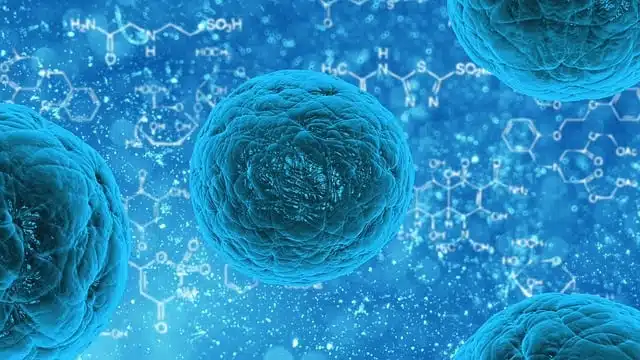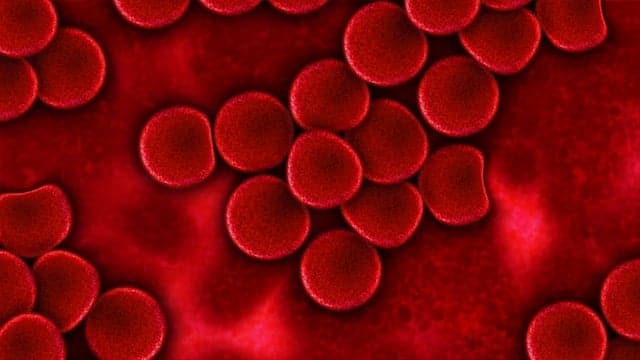
Phagocytes capture and ingest particles that are harmful or useless to the body.
Phagocyte is the type of cell that can capture and digest particles or microorganisms that are harmful or that are of no use to the organism. These cells, which belong to the group of white blood cells (also known as leukocytes ), are found in the tissues and blood of various animals.
Function
The function of phagocytes is to incorporate microbes or cellular debris inside them, introducing them into their cytoplasm. To fulfill this objective, they emit pseudopodia : extensions of the cytoplasm that capture the particles.
They then digest them, completing the process called phagocytosis . Phagocytes, in short, contribute to the elimination of harmful or useless elements from the body .
Phagocytosis
Phagocytosis is the use of the plasma membrane by the phagocyte to ingest a large particle, such as a microorganism. In multicellular organisms, this mechanism is necessary for the removal of cellular debris and pathogens. Its discovery took place in 1876, by the Canadian scientist William Osler .
This process is a type of endocytosis (they introduce certain particles inside). To carry out phagocytosis, the pseudopodia (or pseudopods ) come into play, which extend the cytoplasm, surround the particles and incorporate them into the cell, thus being able to digest them.
After ingestion, the so-called phagosome (or endocytic vesicle ) emerges, a compartment that is located around the swallowed particle. Digestion takes place there. Some examples of particles that can be phagocytosed are dead cells, some of mineral origin, and bacteria.
Professional phagocytes
Professional phagocytes are responsible for the phagocytic function, itself, and the degradation of cellular debris to prevent inflammation from taking place. Its amount in our body is around 6,000 million per liter of blood . The most relevant types of professional phagocytes are: monocytes, macrophages and mast cells.
Monocytes develop in the bone marrow and mature in the blood . When they reach this point, their nucleus is large, with a smooth and lobed surface, and their cytoplasm, composed of granules, is numerous. They ingest foreign or dangerous substances and can produce antibodies against other cells belonging to the immune system.
Macrophages are phagocytes that originate from bone marrow cells. After a first division they become monocytes, but after passing through the blood capillaries and connective tissue they undergo a second transformation. Its name was coined in 1924 by the German doctor Ludwig Aschoff .
Mast cells are cells of the immune system present in almost all tissues of the human body. They are related to anaphylaxis, allergy, arthritis and atherosclerosis. Its work against parasites, poisons and bacteria is very effective. Among its functions we highlight the synthesis and storage of substances such as certain cytokines, proteoglycans and bioactive monoamines.

Each liter of blood contains about 6 billion professional phagocytes.
Non-professional phagocytes
Non-professional phagocytes are those that do not specialize in phagocytosis , since their main role is different. In fact, some fail to do so successfully; such is the case of fibroblasts. In this category we also find endothelial cells (in blood vessels), epithelial cells (in the skin) and lymphocytes (in the blood, lymph nodes and lymph ).
Compared to professionals, they are also less versatile with respect to the types of particles they can ingest. The reason is that they do not have highly efficient phagocytic receptors, such as opsonins , which coat the particles to be engulfed after recognizing their antigens. Added to this is that almost no non-professional phagocyte is capable of generating reactive oxygen molecules .
